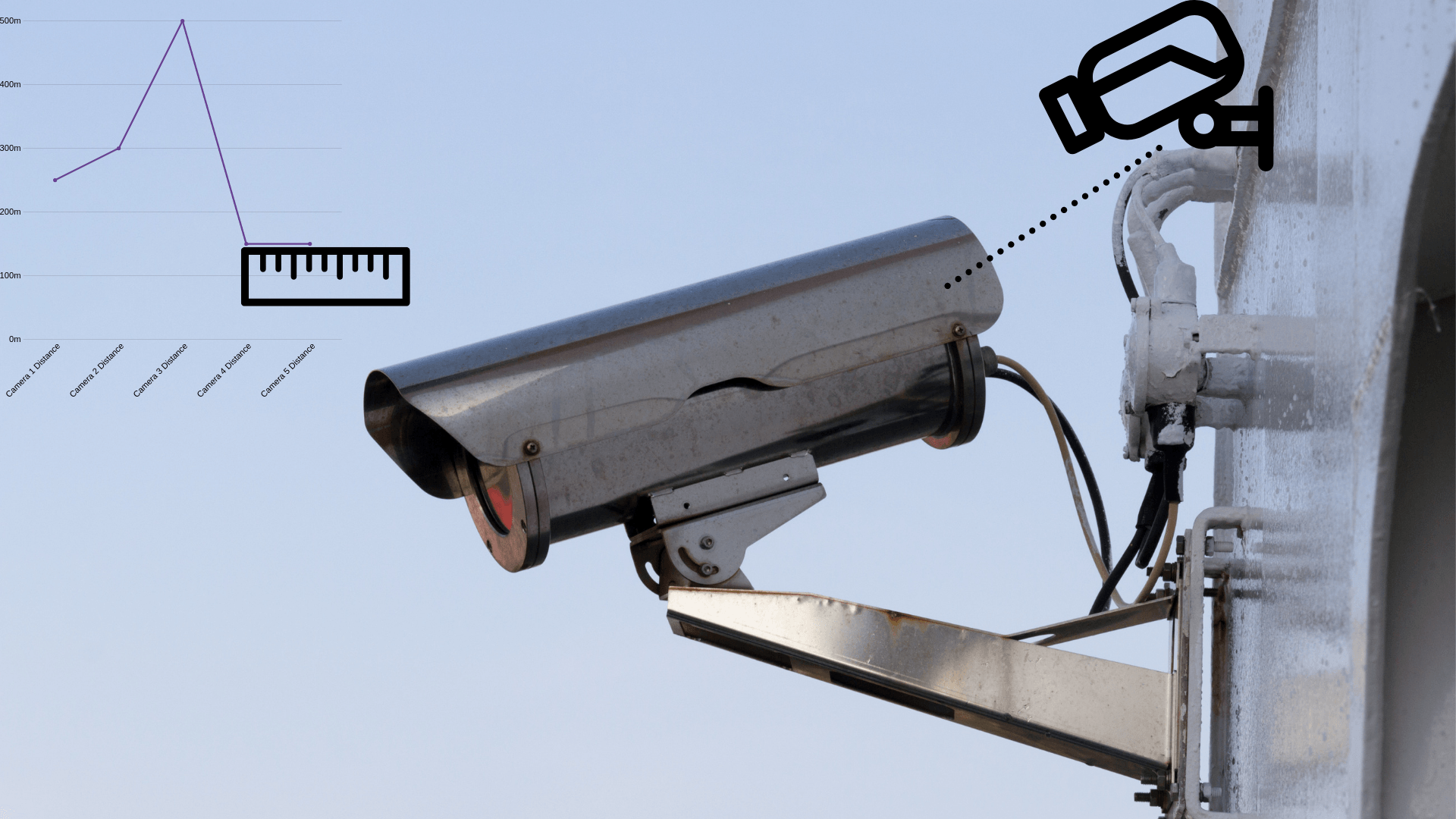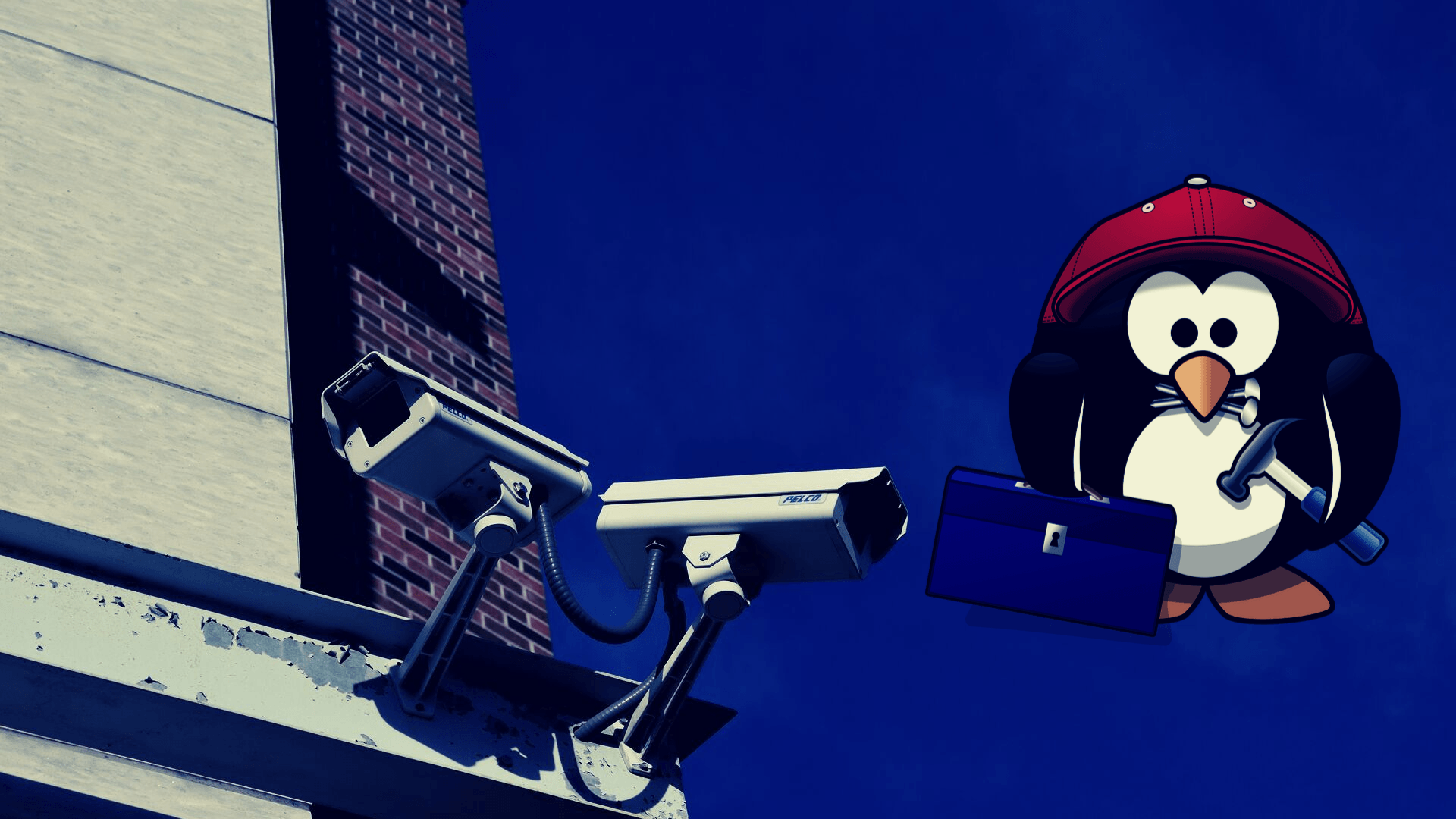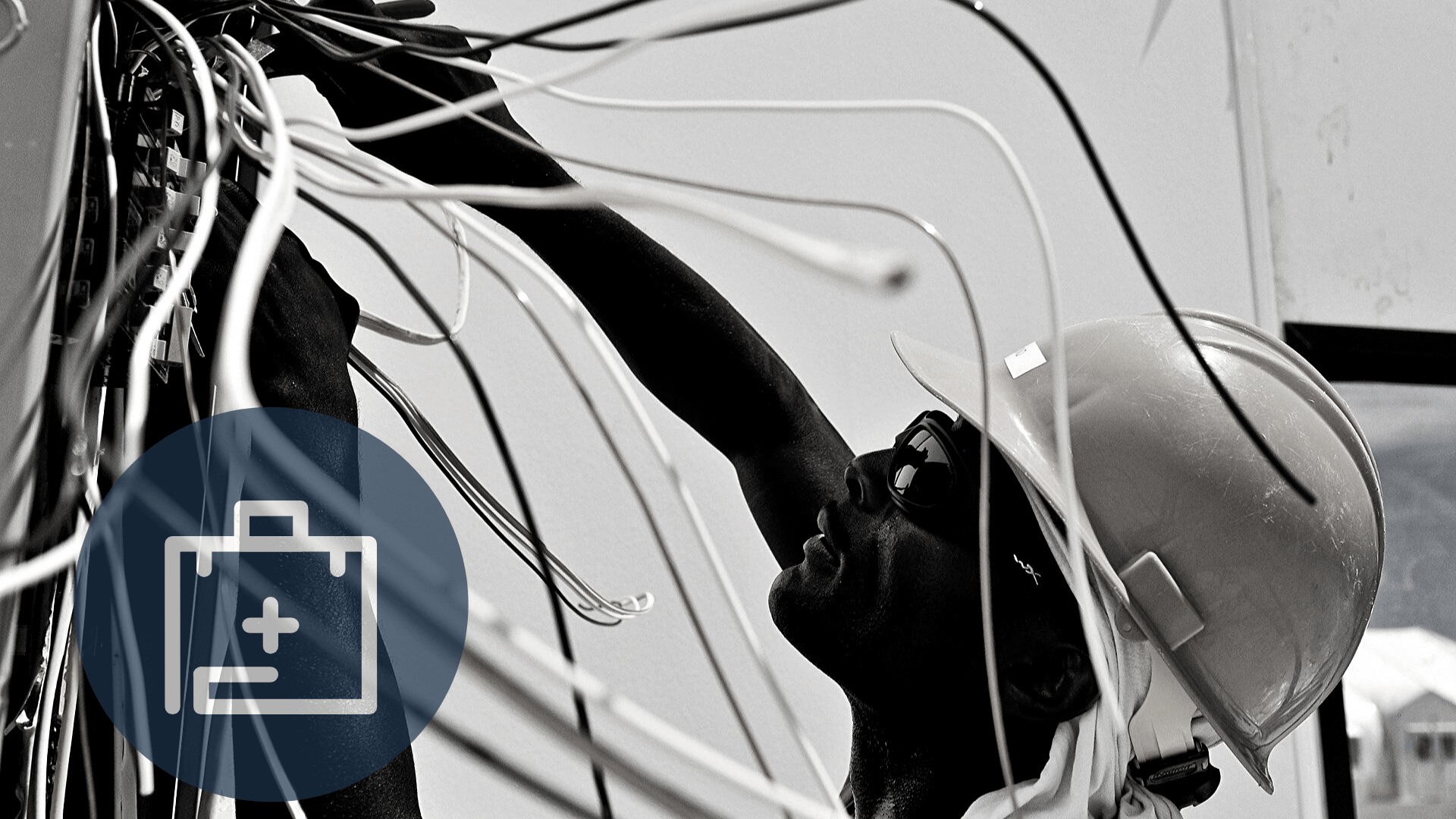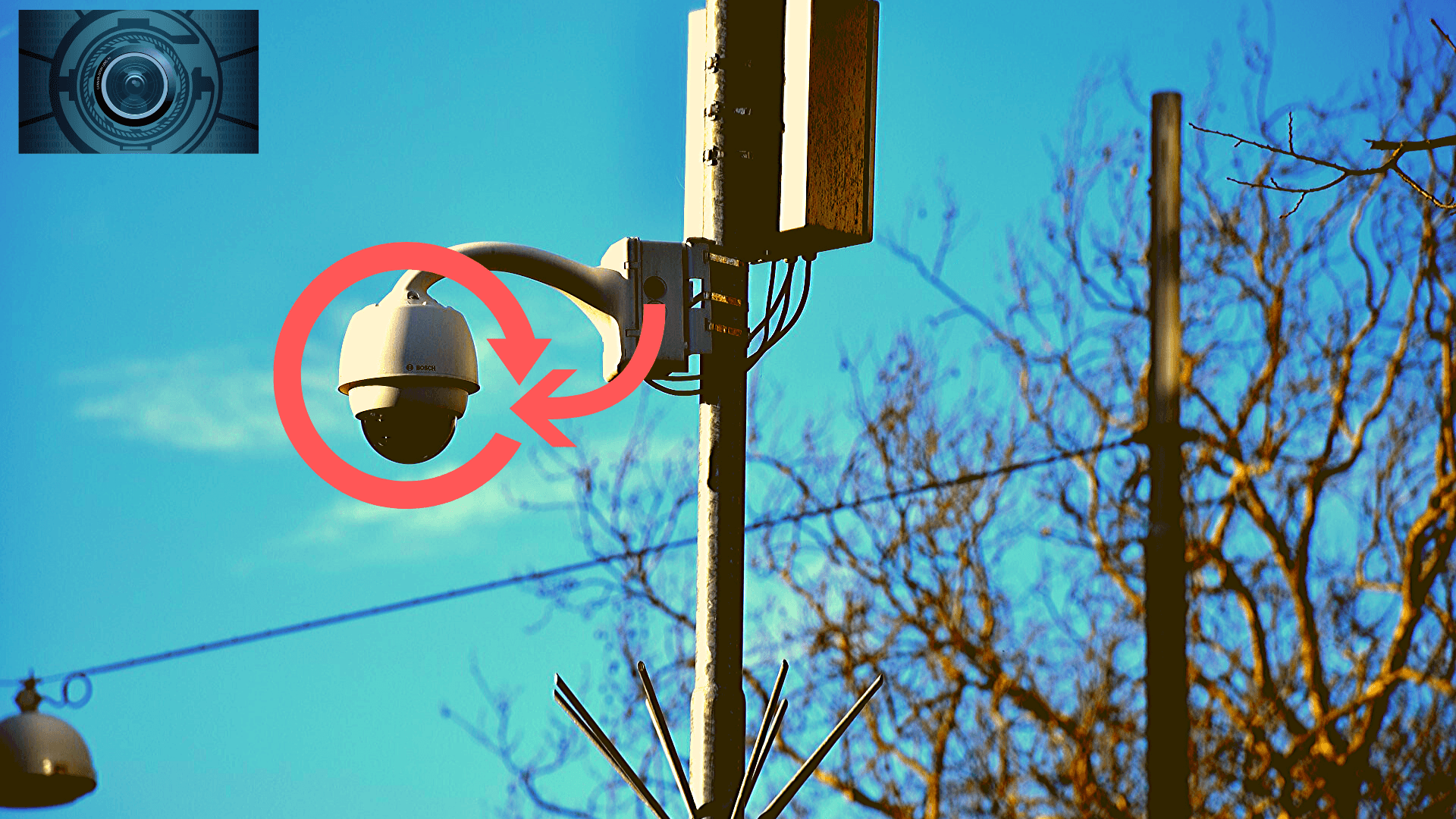Several Long Distance CCTV Camera Installation Tips

I remember seeing this question on the internet some time ago, and it struck me to create an article on the matter. CCTV camera installation at vast distances (200m-300m-400m) without using PtP Antennas which are quite expensive if you were planning to buy a simple security system. It has been on my mind as well when I first started. It was not until I got put face to face with a problem and I had to find a solution for this issue. What was the answer?
My logic and technical research on the internet. The Internet has always been an excellent oracle for me in everything I did. Not to mention, it’s entirely available for everyone in any second of the day.
If you would like to know where I spent my early times researching about CCTV, Feedspot CCTV blogs section was such resource, gaining more knowledge from there and also, the usual searching on the majestic search engines.
Maximum distance for CCTV Camera Installation
It all depends on what security system are you planning on using, PoE (power over ethernet) type, Analog type, IP type.
PoE type
Specific devices that could power & transfer data from/ to the CCTV cameras; think of it as a hybrid sort of IP only that it’s not required any longer to get a separate power cable to power up the cameras with 12V.
FTP (foil screened twisted pair) cable is what I would recommend and RJ45 connectors using all pairs.
Keep in mind that some cameras require more than 12V when powered up. Some cameras require 24V or more. Make sure the device that offers PoE capabilities can have managed PoE ports. If not, use 12V cameras.
The maximum distance of the cable for PoE should be =100m.
Analog type
For the Analog type CCTV cameras, most coaxial cables can transfer the BNC connector signals up to 200m. Do not believe for a second when they say it goes to 500m.
And even if it’s true, the quality & performance of the signal might be disappointing. I’d say keep it low, 200m.
The best cable that I have used so far is the RG6 with power cable attached to it. I have yet to see a drop in quality in any of the installations I did and the power cable attached to it is excellent as well.
If you are planning on going to 400m or 500m, don’t forget to buy a power supply with potentiometer voltage increasing capabilities.
It might be required to go to 13 – 14V if 12V is not enough. Or maybe install a local power supply near the cameras to avoid the pain in the ass in case the distance is too high.
How do you notice when it’s not enough? One or multiple cameras will show NO VIDEO signal.
IP type
Undoubtedly, the best camera system is by far the IP type. The quality that the IP cameras offer is astounding.
It is required the same approach as the Analog type, with power cable going alongside FTP (foil screened twisted pair) cable used for internet, network, RJ45 connectors.
The maximum signal distance from a switch to a camera, for example, should be around 150m, excluding the power cable distance which should work at that distance as well.
However, the signal could extend to additional 150m increments only through switches installed at each distance milestone.
The ideal solution for the power cable would be to try powering the camera locally with a 12V power supply if the distance is too big.
Make your ideal design
Before I install a system, I usually create a plan in my head based on the number of the cameras, the DVR (digital video recorder) type, or the type of installation (PoE, Analog, IP) approach.
To make it simple for you guys, I’m going to create three simple diagrams for each type described earlier.
Don’t forget
In most of the troubleshooting cases, the main culprits are the cables. It could be either the distance might be too high, the power supply weakening after several years; a rat could have bitten the outer and inner layers of the cable.
So the first thing to do when troubleshooting a security system is to search for any cable problems. Then you should find if the cameras are fried and if the connectors are correctly attached to the cables.
I hope you liked my post and feel free to share it if it has been helpful at all.





Thanks so much, I found your article to be an interesting read. I am an Installer and run a small Fire Safety and Security Company bin Lagos Nigeria.
Personally for some of my Analog CCTV installations; I have tried sending the AC direct voltage power to the camera point of termination and step it down to 12 vts DC for the very long distance installations and its been beautiful ever since with no down time at all.
I’m happy you enjoyed it. Yes, indeed there are many techniques. I just love this security field! Good luck with your company my friend. Protect people from burglars. 🙂